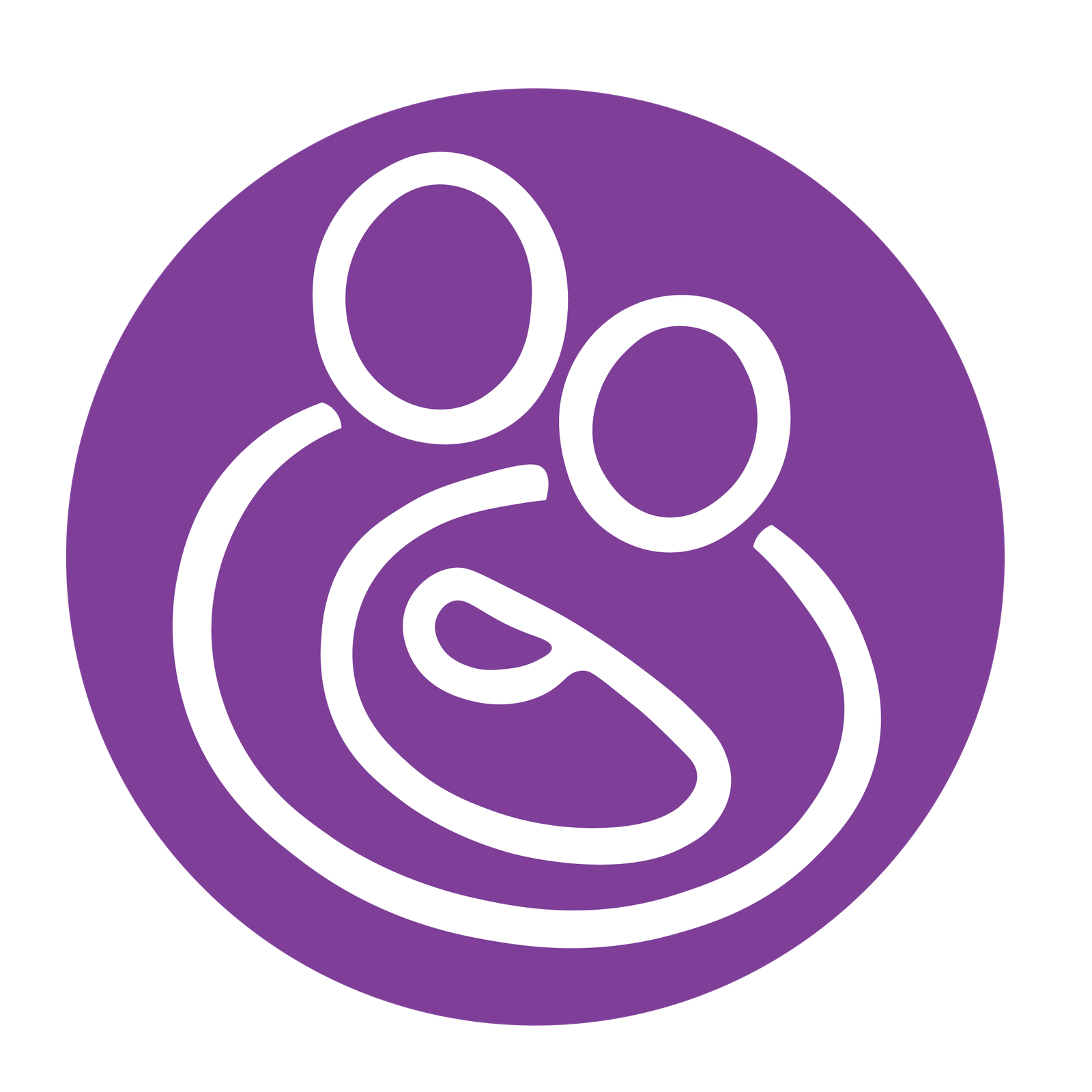What is ERA (Endometrial Receptivity Analysis)?
ERA, or Endometrial Receptivity Analysis, is an advanced diagnostic tool designed to identify the optimal window of implantation for a woman undergoing fertility treatments and had repeated IVF failures. Every woman has a unique “implantation window”—a critical period when her endometrium (uterine lining) is most receptive to a fertilized embryo. By pinpointing this window, ERA increases the chances of a successful embryo transfer and ultimately a successful pregnancy.
Why is ERA Important?
For many women, recurrent implantation failure or unexplained infertility can be emotionally and physically exhausting. Often, the
issue lies not with the embryo but with the timing of implantation. More than 200 genes associated with endometrial receptivity, helping fertility specialists create a personalized treatment plan for each patient.
How Does the ERA Test Work?
- Sample Collection: A small biopsy of the uterine lining is taken during a specific phase of the menstrual cycle.
- Genetic Analysis: The sample is analyzed in a specialized laboratory to determine the receptivity status of the endometrium.
- Results and Recommendations: Based on the findings, your doctor identifies the optimal timing for embryo transfer.

